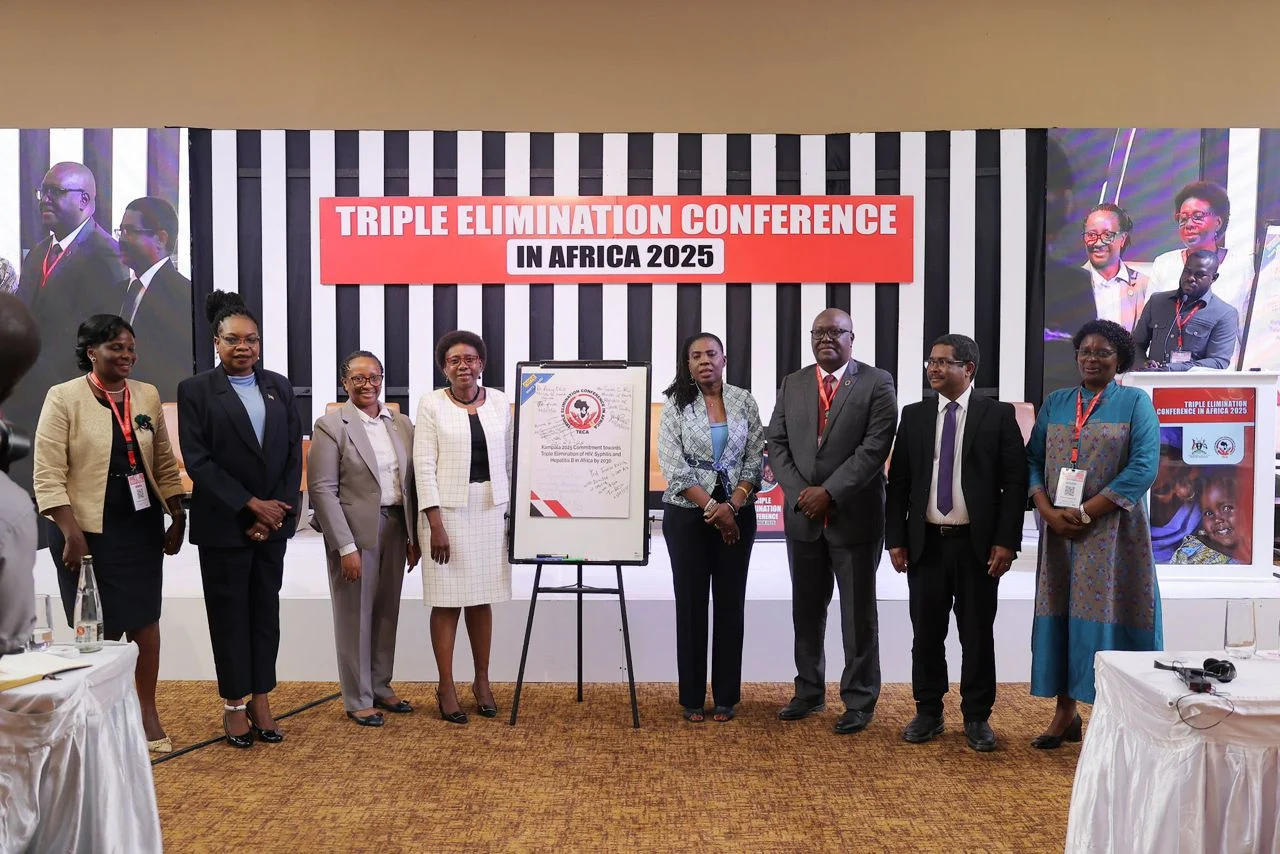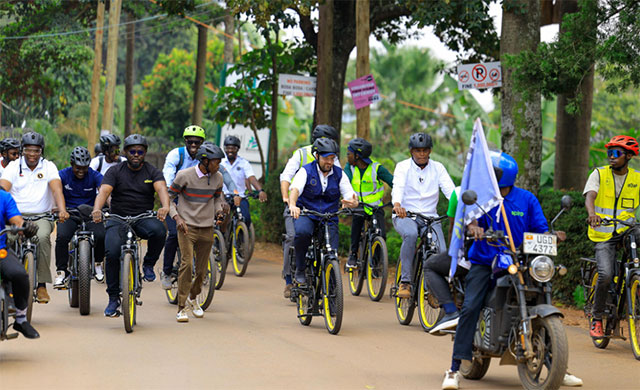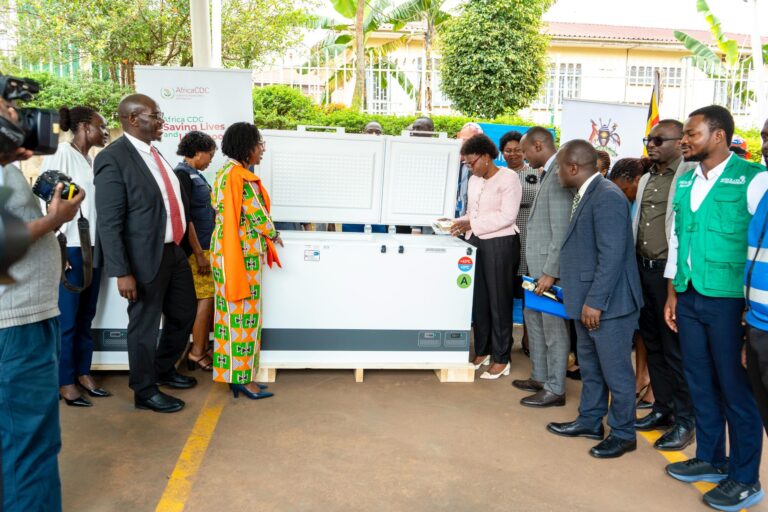In a landmark show of unity and urgency, Ministers of Health from across the African Union (AU), development partners, and civil society organizations have committed to an ambitious target: eliminating vertical transmission of HIV, syphilis, and hepatitis B virus (HBV) by 2030.
Meeting in Kampala Uganda at the High-Level Ministerial Conference on Triple Elimination from July 21–23, 2025, delegates rallied behind a comprehensive action framework to protect the health and rights of Africa’s women, children, and families. The goal: no child born with HIV, syphilis, or hepatitis B by the end of the decade.
A Continental Crisis with Proven Solutions
Vertical transmission—where infections pass from mother to child during pregnancy, birth, or breastfeeding—remains a persistent and preventable threat across the continent. Despite decades of progress, thousands of newborns still face lifelong health challenges or death due to gaps in prevention, diagnosis, and treatment services.
Yet, as delegates emphasized, the tools to end this crisis already exist: timely testing, effective treatment, and proven vaccines. What’s missing is scale, coordination, and political will.
“We know what works. Now we must act with urgency, unity, and accountability,” said a lead delegate from the African Union Commission.
Uganda’s Health Minister, Dr Jane Ruth Aceng, said: “In Uganda, ~1.5 million people are living with HIV. In 2024, there were ~37,000 new HIV infections of which ~13% (4,700) were from vertical transmission. Women dropping off from treatment and those infected during pregnancy or breastfeeding are estimated to have contributed the majority (~80%) of the vertical infections. From the UPHIA Survey, 2.1% of the population have active syphilis infection. The survey also found that about 4.1% of the adults and 0.6% of the children had a Hepatitis B virus (HBV) with regional varistions.
“Implementing interventions to eliminate vertical transmission of HIV, syphilis, and Hepatitis B gives children the chance to start life free of these infections, but also ensures better outcomes for mother and baby as well as the male partner.”
The Africa Elimination of Vertical Transmission Plan
Central to the effort is the Africa Elimination of Vertical Transmission of HIV, Syphilis and Hepatitis B Virus (AEVT) Plan, paired with the “Keeping Their Mothers Alive” initiative. This AU-led blueprint outlines concrete steps for governments to take, including:
- Ensuring 95% of pregnant women receive comprehensive antenatal care—including testing for HIV, syphilis, and HBV—by the first trimester.
- Guaranteeing that 95% of newborns receive the HBV birth dose vaccine within 24 hours of delivery.
- Providing lifelong ART to pregnant and breastfeeding women living with HIV, and timely treatment for maternal syphilis and hepatitis B.
Integration, Innovation, and Inclusion
Three themes emerged as pillars of the strategy:
- Integration – Embedding triple elimination services into maternal, newborn, and child health programs to ensure continuity of care.
- Innovation – Scaling up rapid diagnostics, digital surveillance, and treatment delivery innovations.
- Inclusion – Engaging civil society, affected communities, and people living with HIV, hepatitis B, and syphilis as co-creators of solutions.
Calls to Action for All Stakeholders
The communiqué issued from Kampala was more than a declaration—it was a continent-wide call to action. AU Member States are urged to:
- Adopt national costed plans with measurable targets.
- Secure sustainable financing from both domestic and international sources.
- Break systemic barriers including stigma, poverty, and gender inequality.
- Build robust surveillance systems for monitoring infection rates and service coverage.
Meanwhile, the African Union Commission, Africa CDC, and regional bodies are tasked with creating a continental knowledge hub, coordinating surveillance, and mobilizing political and financial leadership. Development partners are called upon to fund and support implementation, while promoting cross-country learning and accountability.
Toward a Healthier, More Equitable Africa
This commitment aligns with the AU Roadmap to 2030, the Africa Health Strategy, and global efforts to achieve Sustainable Development Goal 3: Health and Well-being for All.
The message from Kampala is clear: Africa has the strategy, the solidarity, and the solutions. What’s needed now is sustained action—to protect generations, uphold human rights, and transform futures. “Triple elimination is not just a health goal—it’s a justice imperative,” said one civil society leader. “When we protect mothers and children, we secure Africa’s future.”





